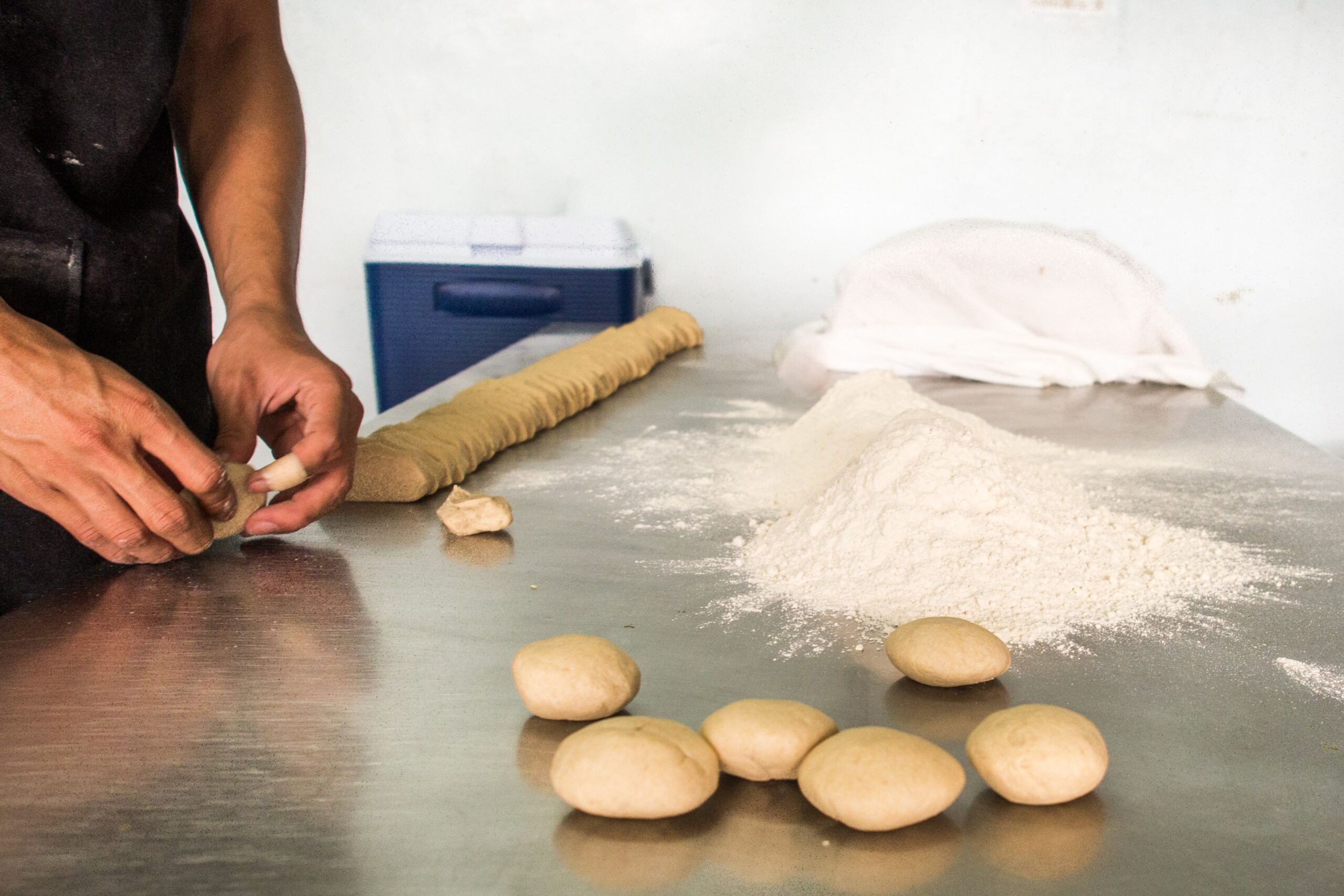Craving some good old homemade cookies or pie but don’t have a rolling pin? Maybe you never bought one, misplaced yours, or you’re baking in someone else’s kitchen. Whatever the reason, don’t let it stop you from satisfying that sweet tooth. There are a bunch of everyday items you can use instead, and they’ll give you the same results.
What Can You Use Instead?

Here are some great alternatives to rolling pins:
A Wine Bottle or Stainless Steel Water Bottle
Here’s why it works:
It’s around the same size as a rolling pin.
It has a smooth surface.
It has a built-in handle just like a rolling pin.
You can use either a full or empty bottle.
Here’s how to use one:
Before you start, make sure the bottle is super clean. Remove any labels. If the label doesn’t peel off easily, just wash the bottle off and dry it well.
If you’re working with a dough that needs to stay cool, like pie crust, you can put the bottle in the fridge for a bit before you use it.
Dust a little flour on your countertop and the wine bottle to prevent the dough from sticking.
Place the bottle in the center of the dough and gently roll outward using the same kind of pressure you’d use with a rolling pin. Be careful not to push too hard or the dough might get too thin in spots.
Every couple of rolls, pick up the dough, turn it slightly, and then roll again.
Keep an eye on the dough’s thickness as you go. Eyeball it—usually, you want it about ¼ inch thick for cookies or around ⅛ inch for pie crust. If one side is thicker, roll that part a bit more.
If the dough starts to warm up and gets sticky, pause and pop it in the fridge for a few minutes to firm it back up.
Tall Drinking Glass
Here’s why it works:
It has a smooth, even surface.
It’s easy to handle and control.
You probably have one handy!
How to use it:
Make sure the glass is clean and dry.
Dust the glass and your surface with flour.
Gently press the dough with the glass, rolling from the center out.
Like with the wine bottle, keep rotating the dough.
Keep an eye on the thickness. Since the glass is a little smaller, it may take a few extra rolls to get your dough just right.
PVC Pipe or Wooden Dowel
Here’s why it works:
It’s cylindrical, just like a rolling pin.
It’s smooth and easy to grip.
You can control the pressure easily.
How to use it:
After washing and drying, sprinkle flour on both the pipe and your dough to prevent sticking.
For the PVC pipe, place a sheet of plastic wrap or parchment paper over the dough. Make sure it’s big enough to cover the dough when it’s fully rolled out. PVC pipes aren’t the most hygienic and aren’t food-safe.
Press the pipe or dowel in the center of the dough and roll outward, applying light, even pressure.
Rotate the dough after every few rolls to keep it from sticking.
Keep rolling until you reach the desired thickness. PVC pipes and wooden dowels work best for smaller doughs like cookies or hand pies.
Handy Tips
If the dough becomes sticky, refrigerate it for 10-15 minutes.
Dough can soften and become sticky if handled too much. Try to roll it out as fast as possible.
While it’s important to use flour to prevent sticking, avoid using too much as it can dry out the dough and make it tough.
Summary
Each of these alternatives will get the job done without a rolling pin, and you might even find it more fun to get creative with your tools!
Looking for something more reliable? Check out MisterChef rolling pins – designed to give you the perfect roll every time. Grab one today and make your baking even easier!







